By testing and thoroughly studying American Indian DNA, scientists can trace genetics, family histories, where people have traveled, and how the tribes eventually came to split up into different groups. This information is absolutely invaluable in the discovery of how the American Indian people formed languages, cultures, and families. By studying American Indian DNA, genetic family trees and various types of people can be traced. Their history, time line, and population can all be studied. Scientists can also find out how long ago varying tribes began, where they came from, and where they finally ended up. This breakthrough of science is unbelievably valuable for anthropologists, historians, and genetics scientists. In addition, many controversial theories are put to the test with the use of American Indian DNA.
Today’s modern world can also benefit strongly from the use of testing American Indian DNA. For those who feel they have American Indian heritage, or come from a long line of tribal families, DNA testing can help to determine their genetic background in relation to the American Indian genes. In addition, many American Indians have the right to set up casinos on local tribe grounds, and may also be eligible to receive benefits from the government.
In order to avoid the possibility of fraudulent activity among American citizens, the use of testing for American Indian DNA has been put into place. This testing can help people determine whether or not they are actually from a real American Indian heritage or not. Although this testing can help people learn more about their lineage, the modern tribes of today usually require that people have at least one grandparent or great-grandparent who was American Indian. If people cannot prove this, regardless of DNA testing, many tribes will reject them nonetheless. Not everyone who participates in American Indian DNA testing wants to begin a casino or live on a reservation, however.
Many people are simply just truly interested in their family’s heritage and background, and may also want to know for health related reasons. Some people are interested in the benefits that are available from the government and in being able to become part of a tribe recognized by the government. Other people just want to know about their past and where they came from, along with their family histories and traditions.
Most DNA testing facilities can help people to trace their possibly American Indian heritage, although this comes with a fee, usually of around $200-$400. For many this is worth every penny because it opens doors to their past and their family’s history so they can get a clearer understanding of where they came from.
If you think that there is any chance that you may have some American Indian ancestry in your family it may be worth your while to check it out and find out the truth about your ancestry. There are ways that you can find out if you came from American Indian ancestry. There are a variety of places that specialize in genetic tracing and they can be hired to help you prove that you are of American Indian decent. Many of these places actually use the world’s biggest library for genealogy called the Family History Library, which is located in Salt Lake City, Utah.
American Indian ancestry can qualify you to become a member of a tribe that is recognized by the federal government. There are Tribal benefits and Bureau of Indian Affairs benefits that you can look into receiving. Such benefits include assistance for education, loans at low interest, and being declared a minority. Minority status can help you when finding a job or going to college. Not only will you have the opportunity to gain benefits if you are of American Indian ancestry, but you will also be able to know about your family and a heritage that you can be proud of.






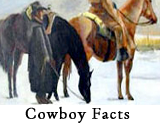
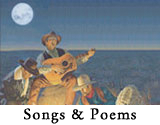
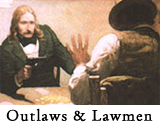
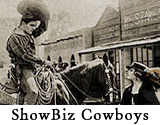
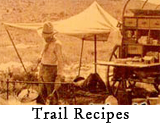
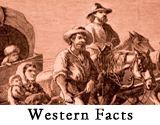
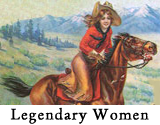

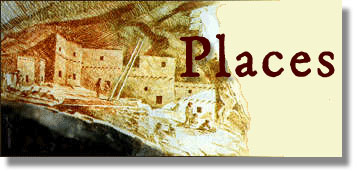






 Another interesting tidbit: A Western saloon is a kind of bar particular to the Old West. Saloons served such customers as fur trappers, cowboys, soldiers, gold prospectors and miners and gamblers. By way of entertainment, saloons offered dancing girls. Many saloons offered poker, brag, three-card monte, and dice games. Other games were added as saloons continued to thrive and face growing competition. These added games included billiards, darts. Some saloons even incorporated piano players and theatrical skits. If you want a small taste of the games they played in the old west go to go to our
Another interesting tidbit: A Western saloon is a kind of bar particular to the Old West. Saloons served such customers as fur trappers, cowboys, soldiers, gold prospectors and miners and gamblers. By way of entertainment, saloons offered dancing girls. Many saloons offered poker, brag, three-card monte, and dice games. Other games were added as saloons continued to thrive and face growing competition. These added games included billiards, darts. Some saloons even incorporated piano players and theatrical skits. If you want a small taste of the games they played in the old west go to go to our  While the
While the